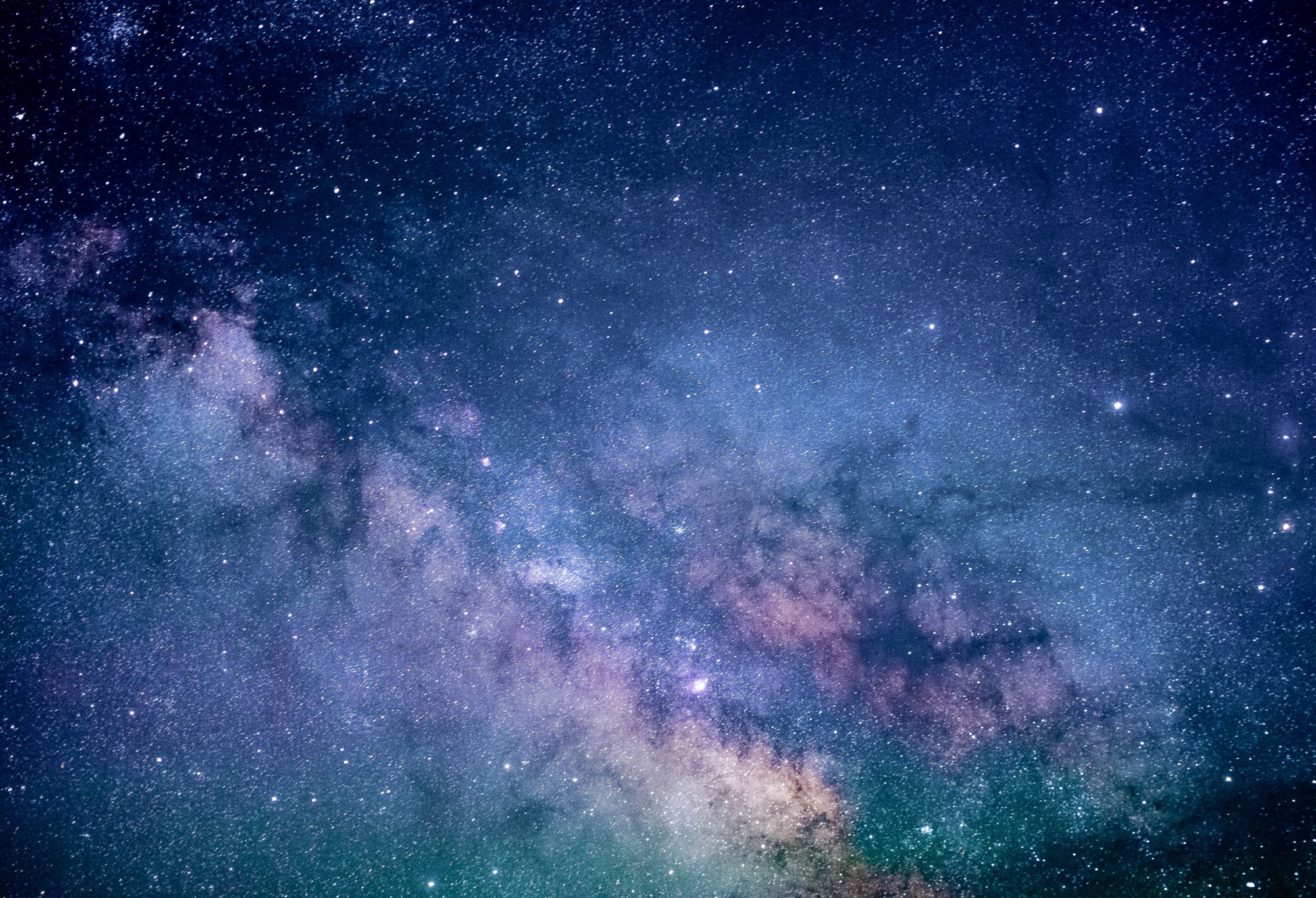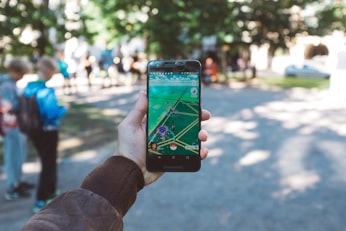
Living in Microgravity: The Life of Astronauts (part 2)
Gravity is such an incredible phenomenon. It is so strong to hold the entire universe and simultaneously so weak that even humans can overcome it daily.
In the previous article, I discussed an incredible force that controls our daily life without even noticing it: gravity. Therefore, I explained the basic principle governing this force and what it means to live in a gravity-based environment. In this article, I will continue the topic by discussing and explaining how life can be in microgravity. Thus, there is no better occasion to discover how astronauts and cosmonauts live in space.
What does it mean to live in space?
Having discussed major facts about gravity to understand its properties and effects, have you ever thought about how astronauts live in space? How do they prepare for a space mission? How do the body and mind respond to this change in gravity?
Yuri Garin was the first human to leave Earth in 1961 and was capable of completing a space mission. Afterward, more than 500 astronauts continued this mission until today, when the International Space Station (ISS) was built as a base for astronauts and cosmonauts. The ISS is a space for conducting research and serves as well as a microgravity space. However, life on the ISS is challenging due to living conditions in space.
Preparing for a space mission
Before leaving the Earth, astronauts and cosmonauts must undertake intensive training. Indeed, this type of training takes years, in which they learn the science regarding spaceflight, how to control equipment, how to live with weightlessness, and also they must learn the Russian language. Moreover, additional preparation is required if the space mission goes beyond the ISS to explore uncharted territory. Therefore, the crew must learn to be prepared for this mission to secure themselves.
Lunar Analogues Study (LUNA) is a study that investigated how to prepare for a space mission by creating artificial Moon-like settings implemented to simulate and train astronauts and cosmonauts for this type of mission. Another interesting study is Moondive which became very useful for simulating and practicing spacewalks outside the ISS.
Despite the safety of the ISS, astronauts and cosmonauts face several risks while living in space. Malfunctioning technologies, space debris, space radiations, biocontamination of air and water, the impact of gravity loss on the body and mind, feelings of isolation, and fears are just a few. Therefore, the ESA is in charge of guaranteeing the health and well-being of astronauts. Furthermore, a huge risk is an exposure to radiation. Indeed, astronauts on the ISS are highly exposed due to the lack of the Earth’s magnetic field, which functions as a shield. Thus, radiation exposure negatively affects DNA, leading to cancer, cataracts, and radiation sickness. Accordingly, the study Interplanetary and Planetary Radiation Model for Human Spaceflight (IPRAM) investigated and estimated the radiation risk concerning missions on Moon, Mars, and asteroids to plan future missions with higher security. Lastly, astronauts should be aware that space missions can cause medical problems. Therefore, they must be prepared for that. However, despite the difficulty of carrying on the spaceship all the necessary equipment for medical emergencies, research demonstrated that space is an optimal environment for 3D bioprinting skin and bones.
Furthermore, to protect astronauts and equipment from the harsh environment (e.g., extreme temperatures, radiation, micrometeoroids, etc.) a “home” would be needed. However, this project sounds impossible to realize. It would be wiser to build a protective space by using the resources found on Moon, Mars, or other planets. Accordingly, a research investigated whether it could be possible to use lunar soil as a building material. Similarly, other studies verified whether any necessary equipment and structure could be 3D printed by using lunar regolith, or whether it may be possible to implement robotics to build structures. However, before building a structure on another territory, a few considerations should be evaluated concerning the property and practicability of that planet.
More information can be found here.
Life in space: from food, and hygiene, to fun and free time
What does it mean to live in space? Which challenges do astronauts face every day?
From bite-sized or in aluminum tubes (the early 1960s), today, space food counts 150 different choices, and the meals are very similar to what is eaten on Earth. Space food is served in plastic containers, although for some (hot, warm), water can be added, over even the food can be heated up. Fruits, nuts, and bread can be eaten normally. However, liquids can only be drunk by using a straw to avoid that liquid spill causing damage to the machine and mechanical systems. Furthermore, the ISS is planning a list of 300 different food types. Better than a restaurant!
What about clothes? On Earth, the air pressure is 1 atmosphere, the same parameter found inside the shuttle. Therefore, astronauts can wear normal clothes. However, they must wear orange flight suits during launch and reentry. Moreover, due to the inability to do laundry, astronauts must bring several underwear sets to be regularly changed, besides bringing extra cotton shirts and pants for better hygiene. However, if this is the condition inside the shuttle, outside the space shuttle, they have to wear spacesuits to be protected from the harsh environment (e.g., radiation and vacuum of space).
No sink or showers can be found on the shuttle due to the lack of water flow in a zero-gravity environment. Therefore, astronauts can clean their bodies by wiping themselves with alcohol or using a wet towel (soaked with shampoo). Moreover, they can wash themselves using a waterless shampoo (no foam), and they dry it with towels.
Space shuttles have toilets, although not separated by gender. Toilets are one by one meter large, and astronauts must fasten themselves to the toilet; otherwise, they would fly away. By using a “vacuum-cleaner-like machine” they can vacuum wastes. Positive side? The space shuttle is so noisy that the sound from the toilet can be hardly heard.
Sleep may sound hard and uncomfortable. Indeed, no “ups” or “downs” can be found in a space with zero gravity. Hence, astronauts would sleep by floating somewhere, which is not recommended. Therefore, they sleep in small compartments and bags. In addition, they use sleeping eye masks and earplugs due to the noise inside the shuttle. Regarding the sleeping cycle, astronauts often sleep just 6 hours and spend their time observing the space outside.
Despite the fun and excitement of floating in the space shuttle, the body would be affected by the lack of moving against gravity (Earth condition). Therefore, to maintain muscle and bone mass, astronauts must exercise every day. Indeed, they work out 2 hours daily by using specific training machines, treadmills, and ergometers. Of course, astronauts are strapped to the device to avoid floating away.
Moreover, astronauts must keep the space shuttle regularly cleaned. This means they have to take care of the garbage they produce. Regular duties are to clean the meal area, change the air purification, collect the garbage, and clean the floor and walls. To do their cleaning, they can use a specific detergent, wiping cloths, and a vacuum. Most important, the garbage is not thrown in space but brought back to Earth. The garbage is collected and stored in specific areas of the space shuttle to avoid unpleasant smells.
In case of sickness, astronauts are highly trained to deal with major medical emergencies (e.gg., heart attack). However, they are equipped with a “space shuttle’s medical kit” to deal with minor issues during the flight mission, although using this kit can stabilize a patient before returning to Earth.
What about free time? Like Earth, astronauts can enjoy their time by doing things they like. Who reads books, plays instruments, listens to music, watches movies, etc. Of course, they can do something allowed to be brought on the shuttle. Most of the time, astronauts prefer to spend their time watching space outside the shuttle window and enjoying the magical view outside while taking gorgeous pictures.
The effect on the body and mind
Being used to Earth conditions, human bodies get affected when moving in orbit, although it was demonstrated that bodies can adapt very quickly to microgravity. Since 1996, scientists have been studying microgravity's long-term effects to improve the experience in space.
First, weightlessness is the major issue when living in space. Although feeling weightlessness sounds exhilarating at the same time, it has considerable effects on the body (e.g., both in space and on Earth), besides complicating the execution of obvious tasks such as sleeping or eating. Moreover, astronauts must protect themselves from radiation which may cause tremendous long-term effects such as increasing cancer risk. Likewise, the sleet of radiation is extremely life-threatening.
Thinking about psychology and well-being, life in space can be challenging, and already starting by sharing a small space for a while (e.g., months).
#Space Adaptation Syndrome
Although the body can re-adapt to a gravity-ground environment, what is commonly experienced by astronauts in space is the “Space Adaptation Syndrome.” Weightlessness affects the sense of balance, which depends on a sensor system that constantly sends information to the brain. In addition, the vestibular system inside the inner ear is the place in which motion sensors are located, necessary to perceive movement (e.g., acceleration, motion, direction). Without our awareness, this system controls the sense of balance and posture. However, microgravity signals from the vestibular system and pressure receptors are affected, leading to disorientation. Accordingly, astronauts barely perceive the location of their arms and legs. These phenomena cause this syndrome which affects the majority of astronauts and cosmonauts who usually suffer space sickness (e.g., headaches, loss of concentration, nausea, vomiting).
Furthermore, the readaptation process is uncomfortable when returning to Earth because balance should be restored. However, space travelers have difficulties maintaining balance, particularly if they close their eyes. Consequently, they tend to fall over. This is accompanied by whole-body fatigue due to the effect of weightlessness on muscles and bones, which takes a few days to overcome this effect of disorientation and unbalance.
#Blood flow, circulation, and “space sniffles”
Microgravity also affects blood flow and body fluids. On Earth, liquids settle downward, and blood is pumped by the heart against the force of gravity. However, in space, a lack of force pulls body fluids “down.” Therefore, fluids move from the legs to the head, and within just a day, legs shrink by up to a liter in volume and faces puff up correspondingly. Besides, extra fluids located in the head cause sinuses and noses, the so-called “space sniffles.” Blood plasma also decreases by 20%, as well as, the red blood cell counts. Not surprisingly, astronauts suffer from anemia which is short-lasting. Lastly, due to lack of gravity, the heart works “less,” Thus, the heartbeat is lowered, and the heart tissues tend to shrink. Although astronauts keep working out and exercising, these activities are not enough to block these processes. Nevertheless, the more they exercise the less time spent to recover when returning to Earth.
#bones and muscle mass
The lack of gravity also affects bones and muscles, which lose their primary function of supporting the body structure in this environment. Therefore, the body does not need to keep the skeletal system according to the Earth's standards, thus, bone tissue is absorbed but not replaced. Consequently, space travelers may lose up to 1% of bone mass every month. Besides, this causes higher calcium levels which may lead to other health problems (e.g., kidney stones). The positive side is that without the gravity force, the spinal cord tends to expand, leading to growth (e.g., between 5 and 8 cm). However, this effect would generate some health problems such as backache and nerve issues.
#the psychology of space flights
Despite highly intensive training, astronauts undergo a challenging time during the space mission. Weightlessness can be fun initially. However, complications and difficulties are about to come. For example, imagine sharing small rooms and spaces with many other people for over 3 to 6 months. This can be a very challenging experience that is tough on the mind and well-being, accompanied by the “way of living in space” previously described. After 90,000 flying hours, Russian psychologists have learned a lot about space flights. Therefore they reported three major phases that astronauts and cosmonauts experience during this journey. In the initial phase (2 months), the crew is excited and busy adapting to the new environment. In the second phase, fatigue and demotivation arise, followed by the last phase characterized by hypersensitivity, nervousness, and irritability, the “asthenia.” Nevertheless, to preserve mental health and well-being while traveling in space, the ISS suggests that space flights should last not more than six months, according to the Russian experience and study report.
Final thoughts
“What did Netwon discover when looking at an apple falling from a tree?”
By now, you should know how to answer this question that opened this article series. Indeed, I discussed the gravity force by describing its major principles and dynamics. Furthermore, I explained what a zero gravity environment looks like and how astronauts overcome those challenges typically encountered in space.
Gravity is such an incredible phenomenon. It is so strong to hold the entire universe and simultaneously so weak that even humans can overcome it daily. However, due to Earth’s properties, what looks natural to us (e.g., walking, eating, sleeping, cleaning, etc.) is not what astronauts and cosmonauts face during their space mission. Indeed, astronauts undergo hard training to be prepared for space flights, and even during their journey, difficulties arise due to the effect of zero gravity on the body and mind.
California-based Orbital Assembly Corp. (OAC) plans to open the Voyager Space Hotel in 2027 while expanding tourism even in space. This project aims to welcome more than 300 passengers and crew, from business people, scientists, and tourists, to astronauts. However, having discussed which burdens astronauts face while traveling in space and back to Earth, would you be willing to pay a few million for a galactic journey?


ExO Insight Newsletter
Join the newsletter to receive the latest updates in your inbox.









